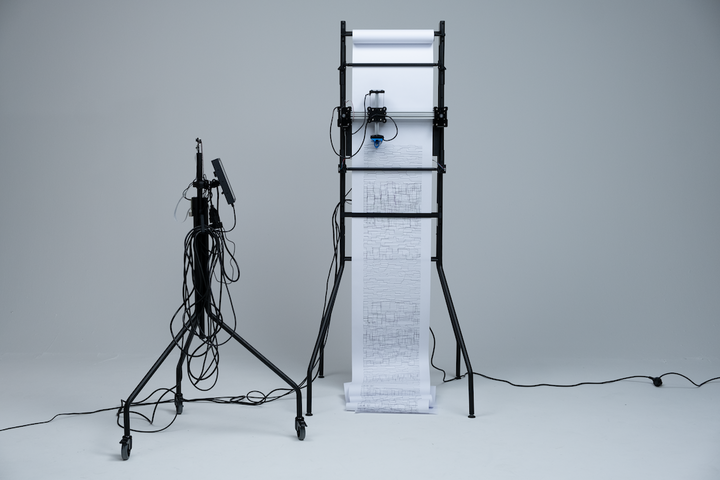ML - Machine Learning

DATA COLLECTION, ALGORITHMS, PATTERN RECOGNITION: ANALYZE THE CURRENTS THROUGH THE CAMERA — AND WATCH HOW AN ALGORITHM TRANSLATES THE EXTRACTED DATA INTO PATTERNS.
There are weather stations all over the world that collect wind speed, temperature, air pressure and many other weather data. This data depicts the state of the atmosphere - and is the starting point for complex calculations with which researchers can make forecasts about weather and climate. The data can be incorporated into weather models and is processed using mathematical equations that describe changes in the earth's atmosphere. Solving these equations requires a lot of time and computer processing power. With machine learning, these forecasts can become more efficient and precise - and uncertainties in the forecast can also be included directly in the calculation.
Accurate climate forecasts are central to predicting renewable electricity generation and ensuring the stability of our electricity grid. The more precise our forecasts for the development of wind speeds become, the better we can make location- and time-accurate forecasts for electricity generation and optimize their sustainable location selection. However, the resolution of currently available climate models is often too coarse to make more concrete statements about expected energy production at a specific location. It is also a particular challenge to reliably predict the total energy that all turbines in Germany will generate in the future. Using machine learning methods, we can increase the resolution of forecasts and better understand the connection between global climate models and local wind energy data.